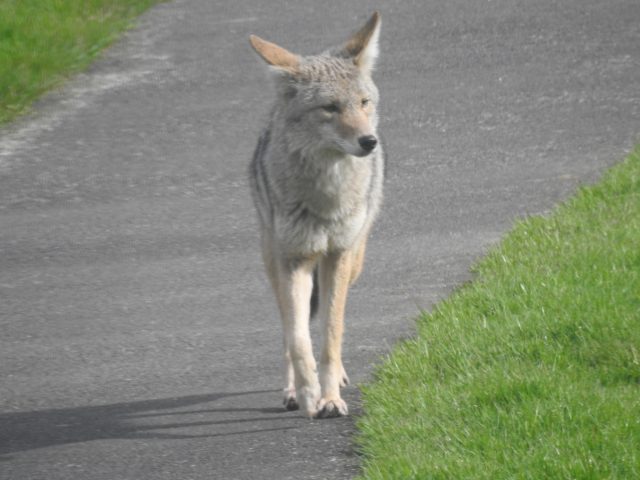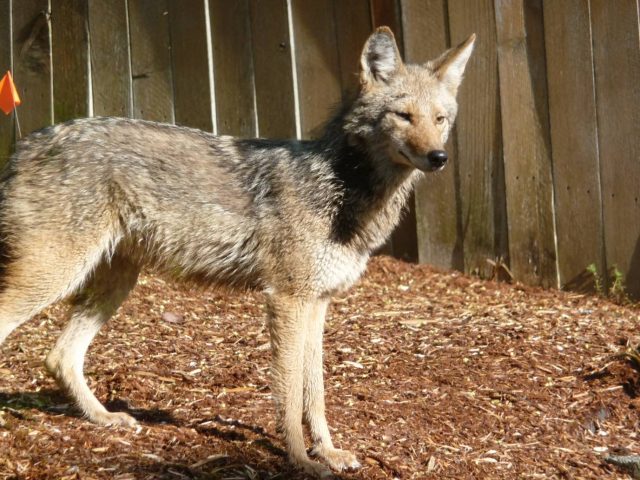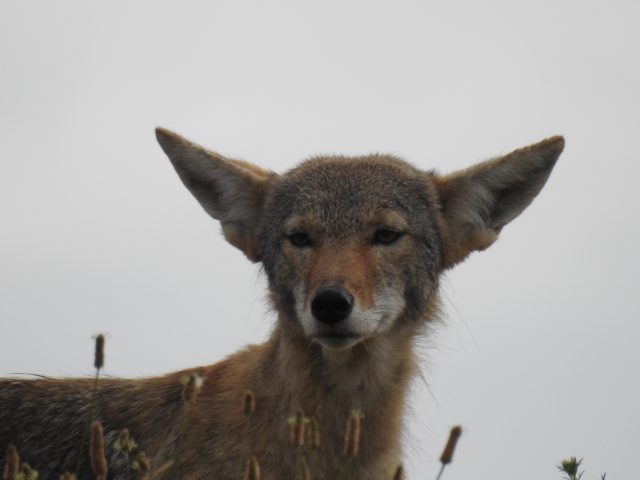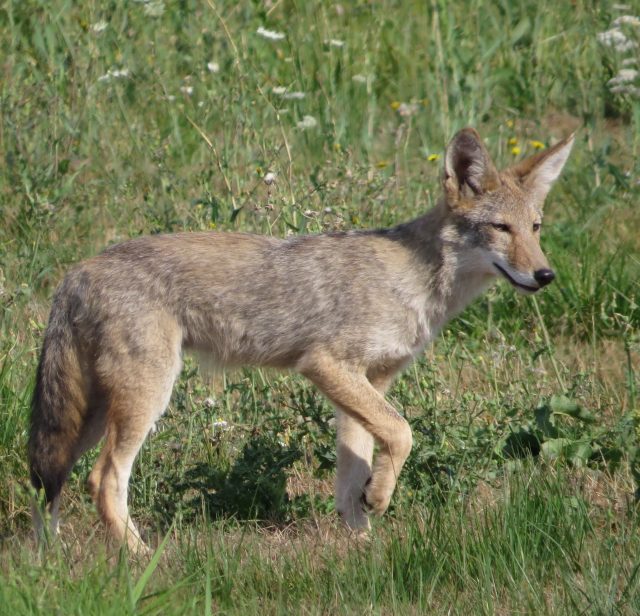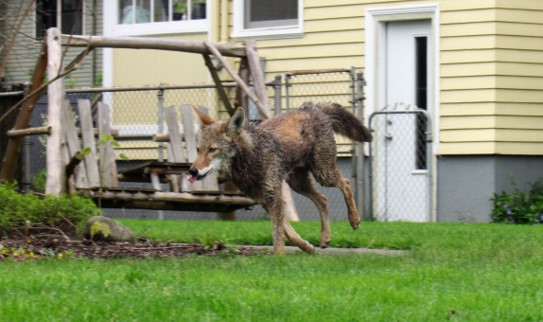PORTLAND, Ore. (KOIN) — Coyotes are living among us. Whether we know it or not, there is a long established coyote population in Portland with sightings going back to the 1980s.
An online-based research project has been tracking sightings in the Rose City since 2010 and they’ve collected over 9,500 sightings in the last five years alone, according to Zuriel van Belle, director of Portland Urban Coyote project.
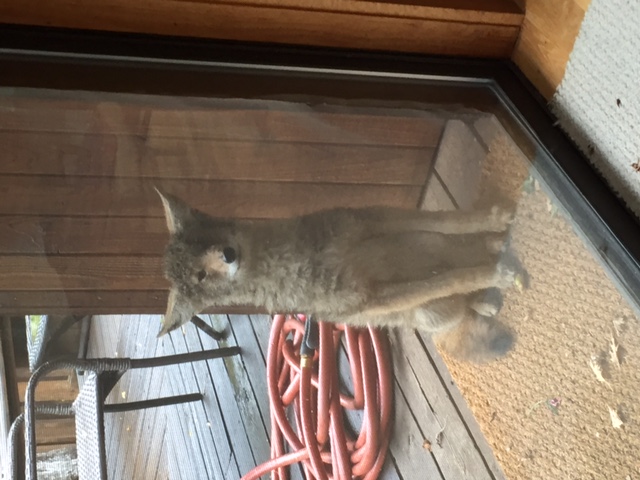
“People are living with coyotes and they don’t even know it. Coyotes are kind of slipping by unnoticed, kind of in the shadows at night,” said van Belle, who is an adjunct professor at Portland State University. Portland Urban Coyote project is a collaboration between PSU’s Geography Department and Portland Audubon Society.
She explained that seeing a coyote running off into the distance is actually a pretty typical occurrence.
“For the most part, people should not worry about urban coyotes. But there are some important things to do to make sure that people stay safe and that the coyotes stay safe as well,” van Belle said.
Problems do tend to arise when coyotes become habituated or used to being around humans.
Therefore it’s a good idea to practice something called hazing. Hazing can be yelling, waving your hands back and forth and making yourself look big to remind the coyote of its innate fear of humans.
Coyotes mostly eat small rodents and fruit, but they are opportunistic and will prey on small, unsecured cats and dogs. For that reason it’s best to keep small pets supervised, indoors, on a leash or within a fenced yard.
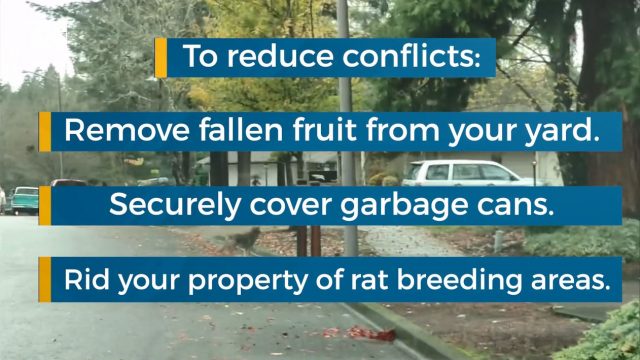
Attacks against humans are very rare, with only two reported human deaths attributed to the animal.
If you see a coyote, don’t approach or feed it and teach children to keep a respectful distance.
You can also making a “hazing rattle” by filling an empty coffee can full of rocks, coins or other clangy objects and taping it closed. If the coyote still doesn’t back off, try throwing a ball or stick in its direction to startle them.
For a coyote to be bold in the face of humans would be considered very unusual and van Belle said if that happens, to contact Portland Audubon Society.
Portland Coyote Project’s site includes a tutorial about coyotes, which states that it’s not recommended to kill coyotes as a means of population control. Killing one may disrupt their population structure and cause them to breed more and have larger litters, according to research.
To reduce conflicts, remove fallen fruit from your yard, securely cover garbage cans and rid your property of rat breeding areas.
You can also always report a sighting to portlandcoyote.com.
How to spot a coyote

Coyotes in Oregon typically weigh 22-30 pounds and may look larger due to thick, dense fur.
They are characterized by pointy ears, an elongated body, and medium sized tails. They never hold their tail up or wagging, but run with it pointed out or down.
Their tracks are usually about 2 1/4 – 2 1/2 inches tall and are oval shape.
You can also tell if you’re seeing coyote scat–or poop–by its tendency to be left in the middle of a trail as a signal to other coyotes. It’s narrow, twisted and tapered and usually has rodent remains, such as fur, and berry seeds in it.
